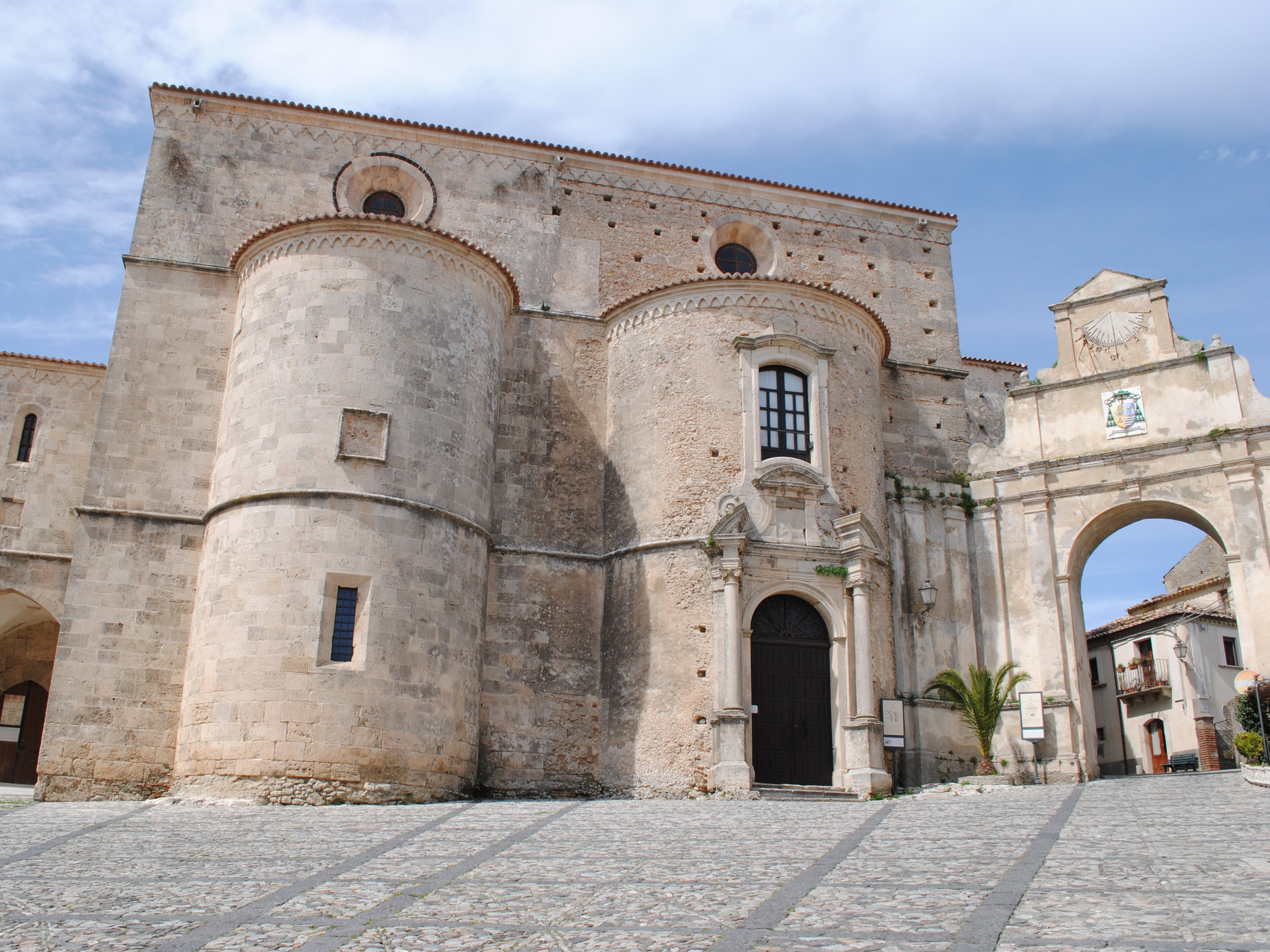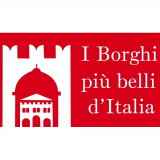
 I borghi più belli d'Italia
I borghi più belli d'Italia
Italian little Italies: Gerace, the Cliff on which the Sparrow-hawk came to rest
- WTI Magazine #168 Oct 21, 2023
-

 I borghi più belli d'Italia
I borghi più belli d'Italia
You can reach Gerace along State Road 111, about 10 Km. from Locri. As the town is made up of different plateaux linked by good roads, it is recommended to visit on foot in order to enjoy better its numerous architectural gems. You can begin your visit from the “Borgo Maggiore”, where the ancient town gate of the “Varvara” and the pottery master’s shops once stood.
At the entrance, on the right, you can see the Citadel, an area partly built on the rock; following the National Road you reach “Repubblica Square” where the splendid church of St. “Maria del Mastro” is located. In the immediate vicinity stands the ancient palace “Del Balzo” overlooking the “Piana” that can be reached along a side street which branches off from the State Road not far from the eighteenth-century church of St. “Giorgio”. In the “Piana” you can visit two monasteries: one of the “Cappuccini” and the other of “Minori Osservanti” (1612) whose church, dedicated to St. “Francesca Romana”, is today the chapel of the Cemetery. Not far from here stands the picturesque Byzantine church of St. “Maria del Monserrato”.
Leaving the “Borgo”, following once again the State Road you can reach the “Borghetto” (Suburb) and, after passing through the gate, on the left there is the church of St. “Martino”, ascribed to a bygone age even though it was completely rebuilt after the earthquake of 1783.
Proceeding along Roma Street you reach the “Bombarde” promenade. On the left there is a private house that was the old St. “Giacomo” hospital. Going along Roma Street and passing through the fifteenth-century gate “Del Sole” you reach “Del Tocco” square (tocco in Greek means assembly). Seven streets lead into the square and delimit seven blocks and palaces (on the left the Grimaldi-Serra palace, today the Town Hall). Entering Zaleuco Street, among palaces and magnificent portals, you reach the “Tribuna” square where the apsidal structure of the sumptuous Romanesque-Norman Cathedral stands. Consecrated in 1045, it has a basilican plan and was built partly on the rock and partly on a Greek cross Crypt, despite extensive repairs it is supposed to date back to VIII century. From the Cathedral, rather than going through the Bishops’ Arch, you can go along Caduti sul lavoro Street where you find the eighteenth-century church of the Sacred Heart and, immediately after, in the “Tre Chiese” square, you can see the monastery and the Gothic church of St. “Francesco d’ Assisi” (1252) and the XI century Greek-Orthodox church of St. “Giovannello” (St. Giovanni Crisostomo).
From here you can go up to the Castle skirting the built-up area as far as the “Baglio”, a large open space where citizens sheltered in case of danger. At the end of the open space the historic Norman Castle rises, whose ruins date back to the XI century. From the Castle you go back down to the town centre along Buonarroti Street, skirting the Seminary and the Bishop’s palace and, instead of coming back to “Tribuna” square, you can go down Gioberti Street to see the thirteenth-century mullioned windows and, then a series of arches, eighteenth-century palaces, churches and portals until you reach the Convent of St. “Anna” (its oldest parts date back to 1344). From the “Bombarde” you go down St. “Lucia” Street to the “Borgo” whose western side can be visited. From the church of “Carmine”, halfway down the street, to the churches of St. “Siminio” and St. “Nicola”, you come to L. da Vinci Street with the mullioned windows of Marvasi house and the sixteenth-century open gallery along G. Bruno Street. From here you come back to “Repubblica” square where your sightseeing ends.
The name
Comes from the Greek jerax, “sparrow-hawk”, in memory of the bird of prey which, according to legend, had shown the inhabitants of Locri the place in which to rebuild the town, where they would be protected from the raiding Saracens. Others believe the explanation of the place-name comes from the ancient Byzantine name, Aghia (Santa ) Ciriaca, or the words jerà akis, “sacred peak”.
The product
This is the famous Greek wine of Gerace, made from Greek grapes. It is amber yellow, liqueur-like (17 degrees) and produced in limited quantities in the area of Bianco, 20 km from Gerace. It was offered by the Greeks, together with honey, as a sign of hospitality.